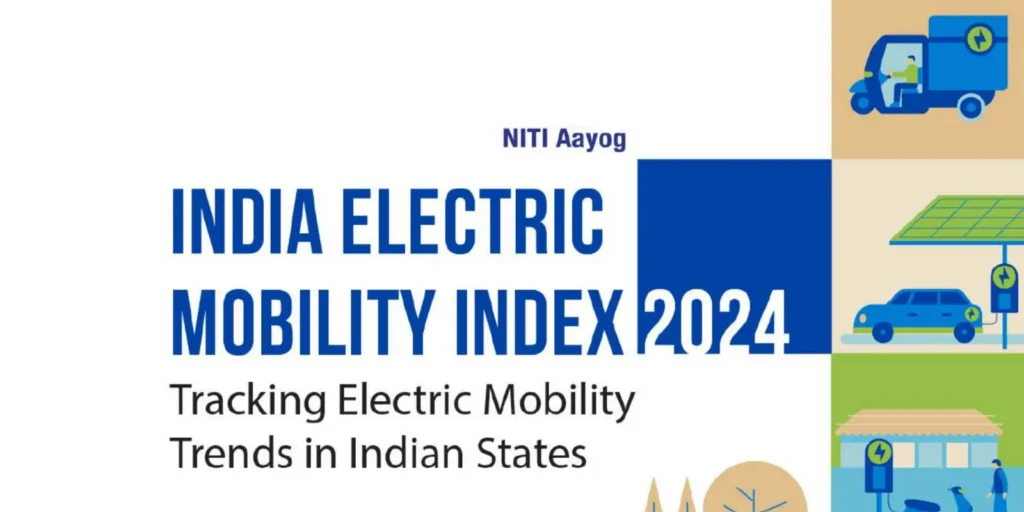
Electric vehicles (EVs) are not just for the future anymore. They are here and growing fast. In 2024, almost one out of every five cars sold was electric. People all over the world are switching to cleaner and smarter cars. This article explains how countries are moving forward with electric cars. We will look at electric car sales, charging stations, and the reasons behind differences in electric car adoption rates across countries.
Electric Car Adoption Rates by Country are Growing Fast
In 2024, global sales of electric vehicles (EVs) reached 17.1 million units, a 25% increase compared to the previous year. In 2023, people bought about 13.8 million electric cars around the world. This number went up by 35% from 2022. Now, there are almost 40 million electric cars on the road. Back in 2018, EVs were only 2% of global car sales but EVs now represent over 20% of new car sales globally. <ref>

Every week, over 250,000 new electric cars hit the road. Most of these sales happened in China, Europe, and the United States. Together, they make up about 95% of all EV sales.
Countries With the Highest Electric Car Adoption
Some countries are moving faster than others. Let’s look at where electric cars are most popular.
Top Countries in Europe
- Norway: 80% of new car sales are electric. This is the highest in the world.
- Iceland: 41% of new cars are EVs.
- Sweden: 32% of new cars are electric.
- Portugal: 33.4%
- Switzerland: 28–30%
- United Kingdom: 28.2%
- Netherlands: 24%
Leading Countries in Asia
- China: EVs make up 22–35% of car sales. It is the biggest car market in the world.
- South Korea: EV numbers are growing fast.
- Thailand: 10.8% of new cars are electric.
- Vietnam: 15% of cars sold are EVs. In 2021, they sold only 100 EVs. Now they sell over 30,000 per year.
EV Growth in the Americas
- United States: 10% of new cars are electric. This number has doubled in a few years.
- Brazil: 3% market share.
- Mexico: Grew by 80% but still at only 1% share.
Middle East and Central Asia
- Jordan: Over 45% of new cars are EVs.
- United Arab Emirates: 13% EV share.
- Uzbekistan: About 10,000 electric cars sold in 2023.
Electric Car Sales by Numbers
Here are the top countries by total EVs sold in 2023:
| Country | EVs Sold (2023) | % of Global Sales |
|---|---|---|
| China | 6.68–8.1 million | 66.8% |
| United States | 1.11–1.4 million | 11.1% |
| Germany | 524,000 | 5.2% |
| UK | 314,687 | 3.1% |
| France | 298,522 | 3.0% |
| South Korea | 162,507 | 1.6% |
| Canada | 139,541 | 1.4% |
| Sweden | 112,084 | 1.1% |
| Netherlands | 104,720 | 1.0% |
| Norway | 104,590 | 1.0% |
Even though Norway leads in EV percentage, China leads in total numbers.
Electric Car Adoption Rates by Country Depend on Charging Stations
EV growth also depends on how easy it is to charge them. Let’s look at how countries are building chargers.
- Global: 2.7 million public chargers by end of 2022. Private chargers are about 10 times more.
- China: 1.76–2.2 million public chargers. Total chargers: 7.2 million.
- South Korea: Best charger-to-car ratio: 563 chargers per 1,000 EVs.
- Netherlands: 235 chargers per 1,000 EVs.
- Norway: 34 EVs for each charging point. Has 34,000 charging points and aims for 500,000 by 2030.
- Germany & France: Lead Europe in fast chargers.
- EU Average: 5 fast chargers for every 100 km of road.
Why electric car adoption rates are rising?
Many things are helping EVs grow:
1. Government Help
- Tax breaks and price cuts make EVs cheaper.
- Some countries plan to stop selling gas cars by 2030.
- New buildings must include EV chargers.
2. Big Industry Support
- China: 14th Five-Year Plan
- USA: Inflation Reduction Act
- Europe: Net Zero Industry Act
- India: PLI (Production Linked Incentive)
3. Better Products
- EVs now cost less and perform better.
- More car types are available.
- Chinese brands offer cheap and good EVs.
Future Outlook of Electric Car Adoption
Experts say by 2035, every second car sold could be electric. In China, 1 out of 3 cars may be electric by 2030. The U.S. and EU may see 1 in 5 cars being electric.
To stop global warming, 75–95% of cars must be electric by 2030. This is possible if EV sales grow by 31% every year from now.
But there are still problems:
- We may run short of battery materials like lithium.
- Power grids may not handle extra electric use.
- Rural areas need more chargers.
- Some countries are far behind in EV growth.
Final Words
Electric Car adoption rates by country show big differences. Nordic countries have high percentages, but China leads in numbers. Countries with strong policies, lots of chargers, and big factory plans are moving faster.
If we want the whole world to switch to EVs, we need to fix the gaps. Everyone should get access to clean and smart transport. That way, we can all move toward a better future.



